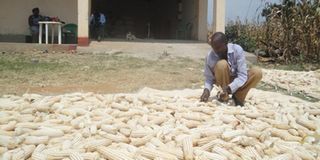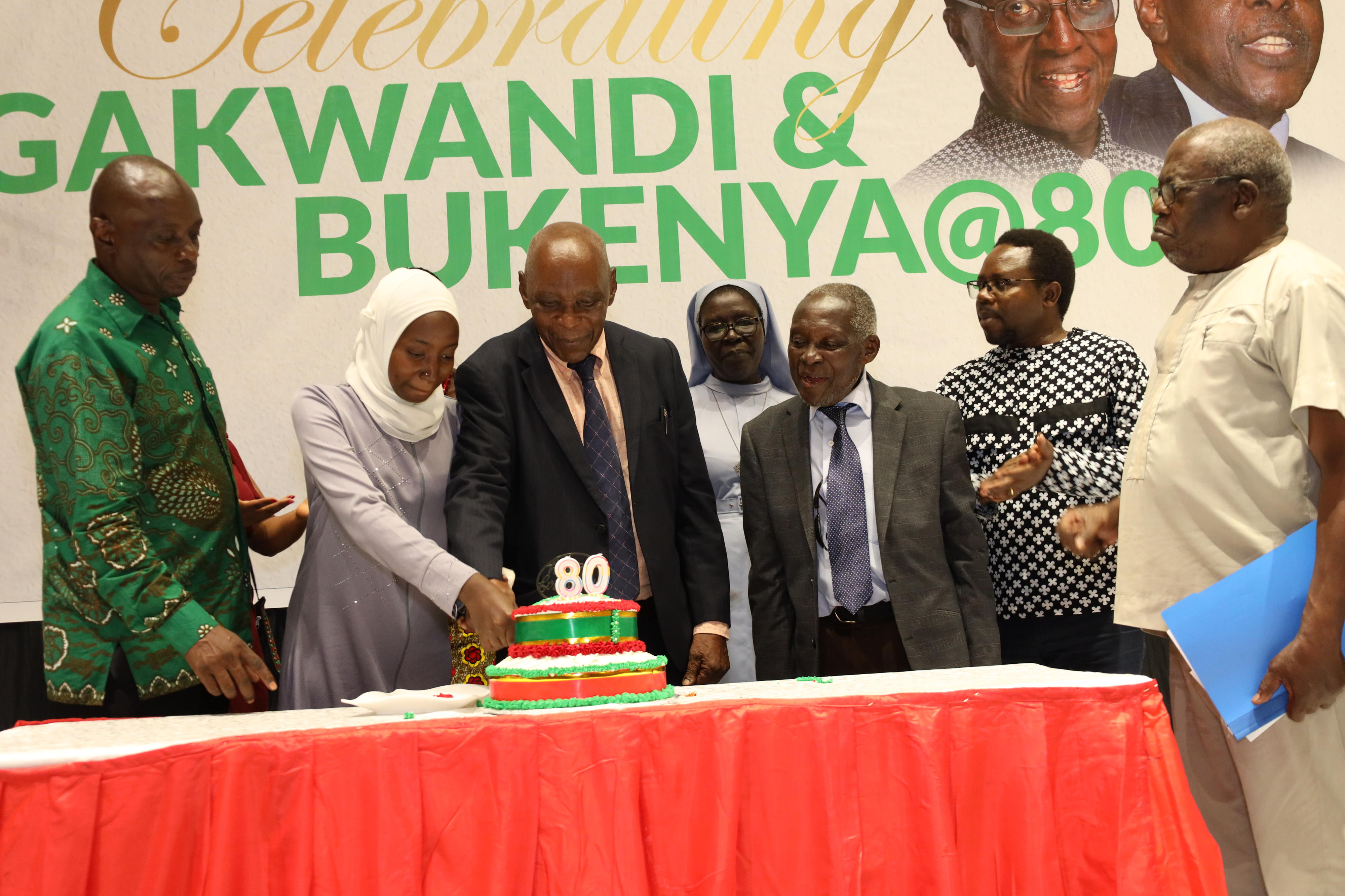Comesa launches road map to boost regional maize trade

Removing impediments to cross-border trade is expected to increase the volume of maize trade in eastern and southern Africa. FILE PHOTO
The maize trade in Eastern and Southern Africa is set to rise following a roadmap to address bottlenecks caused by differences in standards and regulations.
It was launched by Common Market for Eastern and Southern Africa (Comesa) in Kampala, and is known as the Comesa Mutual Recognition Framework (C-MRF).
The aim is to provide equivalence of analytical results and recognition of certificates of analysis that are issued by the participating countries.
This will eliminate the need for multiple testing by both the exporting and importing countries.
C-MRF was developed by the Comesa Secretariat in partnership with six countries that have significant maize trade in the region. They are Kenya, Malawi, Rwanda, Uganda, Zambia and Zimbabwe, which will also pilot the framework.
The key components are common grading criteria, proficiency testing for aflatoxins and a risk-based sampling protocol.
Varied capacities
At the launch, Thierry Mutombo Kalonji, the director for agriculture and industry, said the lack of mutual recognition of technical standards and conformity assessment (testing and certification) was a persistent non-tariff barrier.
“Comesa Secretariat initiated the framework in recognition of the fact that regulatory barriers are sometimes a result of varied technical capacities in the public and private sector entities across the region,” he said.
“Without mutual recognition of standards and certificates of analysis, regulatory barriers persist; causing an unpredictable regulatory environment that comes at a high cost to traders and contributes to the growing informal trade, now estimated at over 80 per cent in some countries.”
Further still, countries with developed food control systems face difficulties in trading with those that have weak systems. Therefore, staple foods crossing borders are subjected to conformity assessment procedures that come at a high cost to traders.
While presenting an overview of C-MRF, Dr Mukayi Musarurwa, a standards quality assurance consultant at the Comesa Secretariat, said the initiative is meant to facilitate greater flexibility where regulatory frameworks differ.
Mutual recognition
“C-MRF will be instrumental in driving policy coordination and integration between member states. It will facilitate a seamless regional market and a functional Free Trade Area and Common Market,” he said.
The framework will be implemented in member states through Mutual Recognition Agreements (MRAs).
These will entail each other’s assessment and grading systems to avoid subjecting maize products to unnecessary and overlapping procedures.
The launch was preceded by training facilitators from participating countries on sampling and grading, the key components in C-MRF.
Speaking at the event, Gen. Salim Saleh, the chairperson, Operation Wealth Creation who represented the Grain Council of Uganda, hailed the plan as timely. He added that the problems in the market were common and needed collective action.
“We have great unexploited potential to feed the region but as you know, food safety and technical standards remain one of the bottlenecks that we grapple with on a daily basis,” Gen Saleh said.
Cyprian Batala, a commissioner in the Ministry of Trade, Industry and Cooperatives, officially launched the C-MRF.




